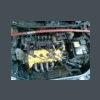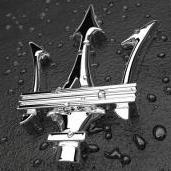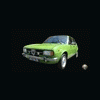Audi TT e TT Roadster Facelift 2008
-
Contenuti simili
-
Audi Q6 Sportback e-tron 2025
Pubblicato da Osv,
- audi ufficiale
- audi q6 sportback e-tron
- (e 3 altri in più)
- 2 risposte
- 1113 visite
-
- 158 risposte
- 29501 visite
-
- 46 risposte
- 7477 visite
-
-
-















.thumb.jpg.46228d717c405acd43b45b79fddce6a4.jpg)




.thumb.jpg.902d2a4f20a129e92b6f6920407b81bd.jpg)




Messaggi Raccomandati:
Crea un account o accedi per lasciare un commento
Devi essere iscritto per commentare e visualizzare le sezioni protette!
Crea un account
Iscriviti nella nostra community. È facile!
Registra un nuovo accountAccedi
Sei già registrato? Accedi qui.
Accedi Ora